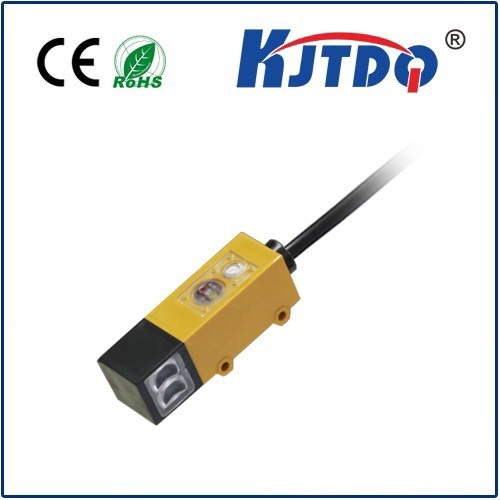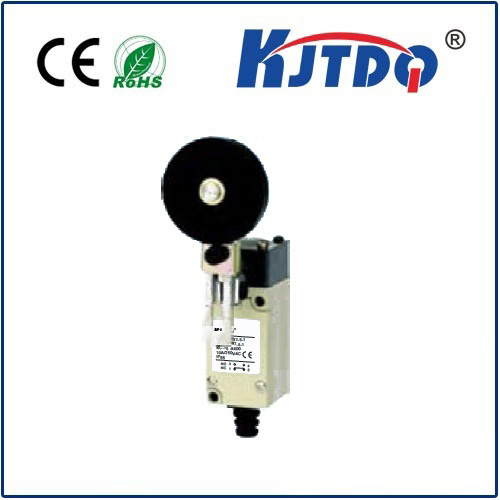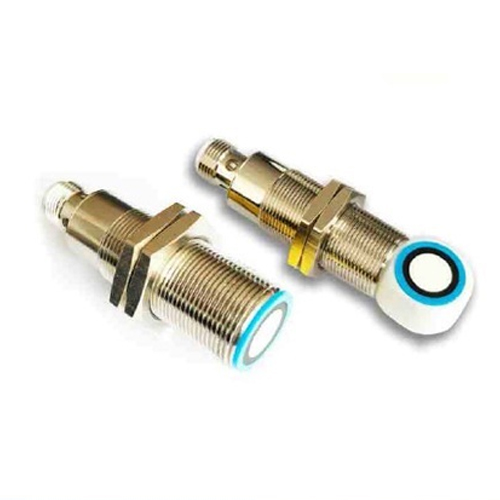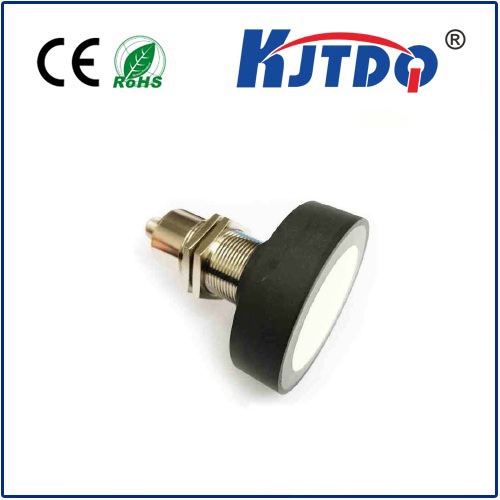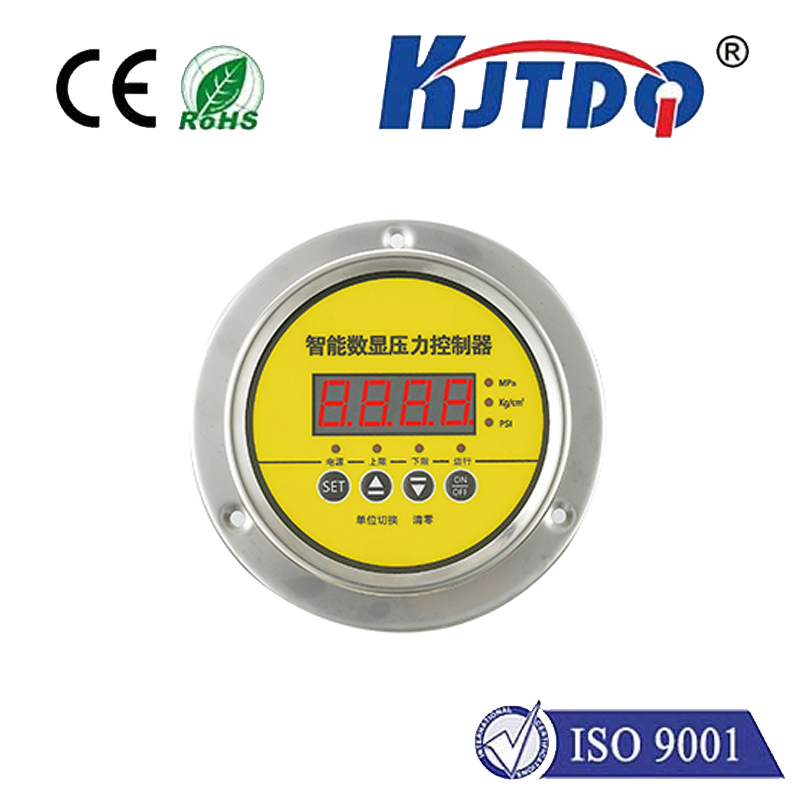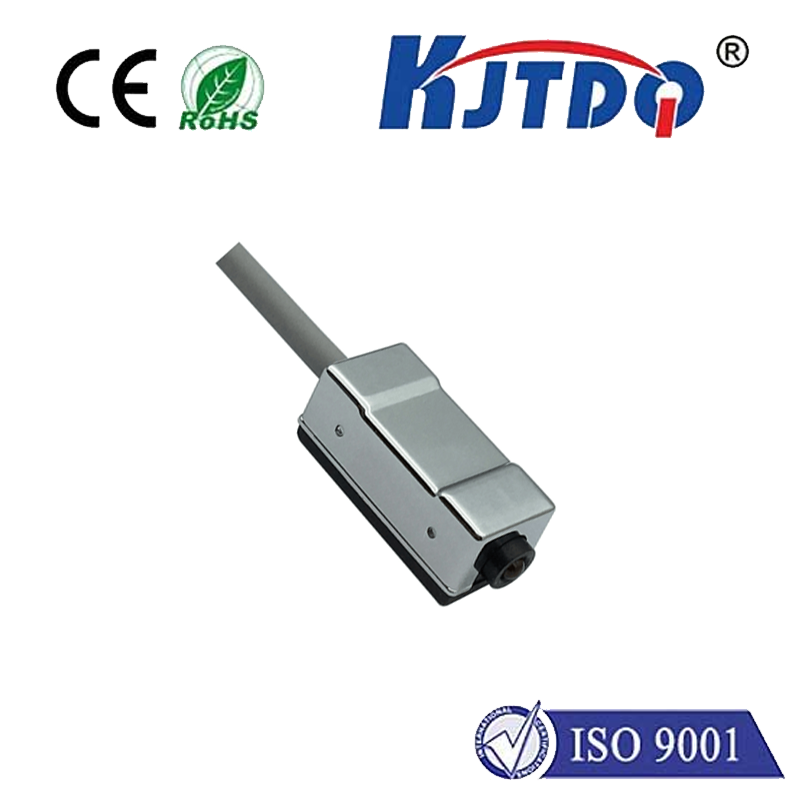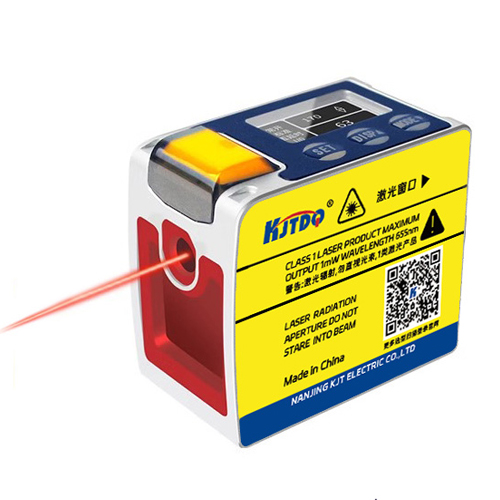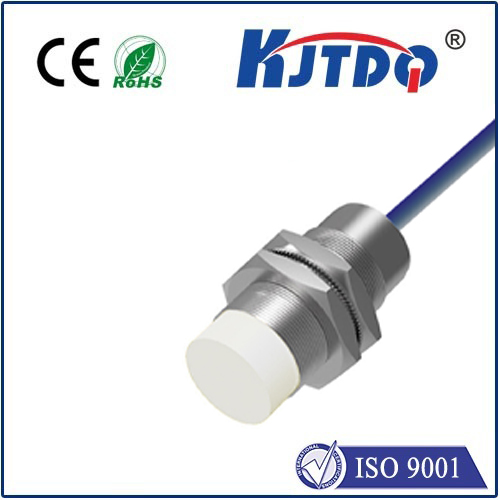kjt inductive proximity sensor
- time:2025-09-07 04:41:49
- Нажмите:0
KJT Inductive Proximity Sensors: Precision Detection in Industrial Automation
Ever wonder how factories automatically know when parts are in position, or how machinery safely detects the presence of metal objects without ever touching them? At the heart of countless industrial automation processes lies a remarkably reliable, rugged, and cost-effective solution: the KJT inductive proximity sensor. These sensors are fundamental workhorses, providing non-contact detection of nearby metallic targets, ensuring smooth operations, enhanced safety, and precise control in demanding environments worldwide.
How Does the KJT Inductive Proximity Sensor Work? It’s All About Electromagnetism.
The core principle behind any inductive proximity sensor, including the KJT inductive proximity sensor, is elegantly simple yet powerful. Here’s a breakdown:

- Generating the Field: The sensor contains an oscillator circuit that generates a high-frequency oscillating electromagnetic field emanating from its active face using a coil.
- Detection Mechanism: When a metallic target enters this electromagnetic field, it induces small electrical currents, known as eddy currents, within the target material.
- Energy Absorption: These eddy currents absorb energy from the sensor’s oscillating field.
- Amplitude Change Detection: The energy loss caused by the eddy currents reduces the amplitude (strength) of the sensor’s oscillations.
- Signal Output: An internal circuit within the KJT inductive proximity sensor reliably detects this reduction in oscillation amplitude. Once the amplitude drops below a predetermined threshold (indicating a target is sufficiently close), the sensor’s output state switches (e.g., from OFF to ON, or vice-versa, depending on its configuration – NPN or PNP).
This entire process happens almost instantaneously and without any physical contact. This contactless operation is fundamental to their appeal, leading to:
- Zero Wear: No moving parts touch the target, eliminating mechanical wear and tear.
- Exceptional Reliability & Long Service Life: Reduced friction and mechanical stress contribute to outstanding durability.
- High-Speed Switching: Capable of detecting targets at speeds far exceeding mechanical switches.
- Resistance to Contaminants: Unaffected by dust, oil, water splashes, or other non-metallic contaminants that would foul mechanical contacts.
Why KJT? Core Strengths Defining Excellence
While based on the universal inductive principle, KJT inductive proximity sensors distinguish themselves through specific design and performance characteristics optimized for industrial realities. Key attributes include:
- Robust Construction & Environmental Resilience: Engineered to withstand the harsh realities of factory floors. They typically boast:
- IP67 or IP68 Protection: Highly resistant to dust ingress and powerful water jets (IP67) or even temporary immersion (IP68).
- Vibration and Shock Resistance: Built to endure the constant movement and impacts common in machinery.
- Wide Temperature Ranges: Capable of reliable operation in environments spanning typically from -40°C to 85°C (-40°F to 185°F) or more.
- Precision Sensing Performance: KJT sensors are known for offering consistent, repeatable detection within their specified sensing ranges (commonly from 0.8mm to 40mm for standard models). Factors like stable sensing distance and minimal influence from target material variations are hallmarks of quality KJT units.
- Versatile Installation & Output Options: Designed for flexibility:
- Flush or Non-Flush Mounting: Certain KJT models allow flush mounting into metal without affecting performance significantly.
- Electrical Configurations: Widely available in industry-standard НС (sinking) and ПНП (sourcing) transistor output types, as well as NO (Normally Open) or NC (Normally Closed) switching logic.
- Connection Styles: Choices include pre-wired cables, standard M8 or M12 quick-disconnect connectors, or direct lead wires.
- Cost-Effectiveness: KJT inductive proximity sensors offer an excellent balance of performance, reliability, and price, making them a practical and economical choice for a vast range of applications without sacrificing core quality.
- *High Switching Frequency: Suitable for demanding, high-speed counting and positioning tasks.
Industrial Applications: Where KJT Inductive Proximity Sensors Excel
Their blend of reliability, ruggedness, and precision makes KJT inductive proximity sensors ubiquitous across virtually every manufacturing sector. Some prime examples include:
- Position Detection: Verifying the presence/absence of parts on conveyors, in pallets, at machining stations, or within robotic grippers. Knowing exactly when a component is where it needs to be is critical for automation timing and sequencing.
- End of Travel / Limit Sensing: Detecting the open or closed position of doors, valves, slides, and actuators. KJT sensors provide the reliable feedback needed for safe machine limits.
- Pulse Counting & Speed Monitoring: Counting bottles on a production line, monitoring the RPM of rotating shafts (using a notched target), or tracking product flow. Their fast response is key here.
- Object Detection and Sorting: Identifying metal objects on conveyor lines for sorting or diverting purposes. Reliable detection ensures accurate sorting, even at high speeds.
- Machine Tooling: Monitoring tool positions, detecting tool breakage, or ensuring workpieces are clamped correctly. Precision detection prevents costly machining errors.
- Packaging Machinery: Controlling capping, filling levels (using metal targets), and carton presence. KJT sensors keep packaging lines running smoothly.
- Automotive Production Lines: Used extensively in assembly, welding, painting, and testing stations. Their ruggedness withstands the demanding auto plant environment.
- Material Handling Systems: Monitoring pallet position in AS/RS systems, detecting the position of lifts or transfers.
- Food & Beverage (Suitable Models): Employing specialized KJT sensors with food-grade stainless steel housings and certifications for washdown environments where detection of metal cans or components is needed.
Key Considerations for Selection
Choosing the right KJT inductive proximity sensor requires attention to several parameters to ensure optimal performance:
- Sensing Distance: Select a sensor with a nominal sensing range (Sn) slightly larger than your required operating distance to account for installation tolerances and environmental factors. Never operate at the absolute max limit.
- Target Material: Standard inductive sensors primarily detect ferrous metals (like iron, steel) with the longest sensing range. Detection range is shorter for non-ferrous metals (aluminum, brass, copper). Confirm the sensor’s suitability for your target material. Some specialized KJT models offer enhanced detection for non-ferrous metals.
- Output Type: Match the sensor’s output (НС or ПНП, NO or NC) to the input requirements of your PLC, controller, or other connected device. Choosing

